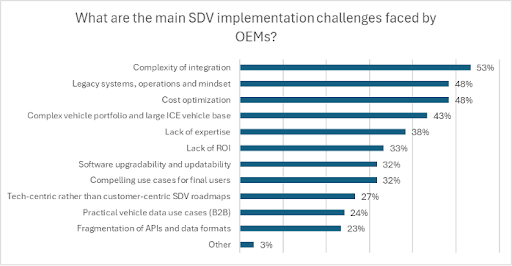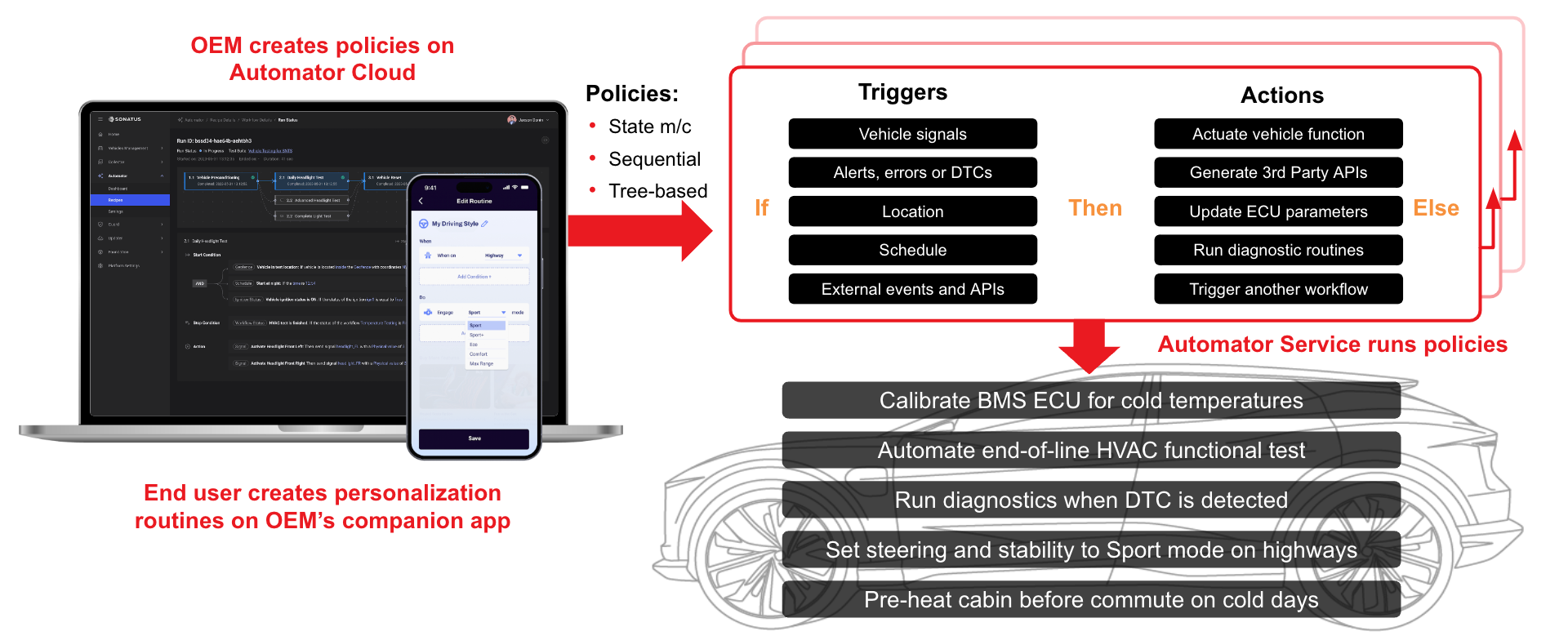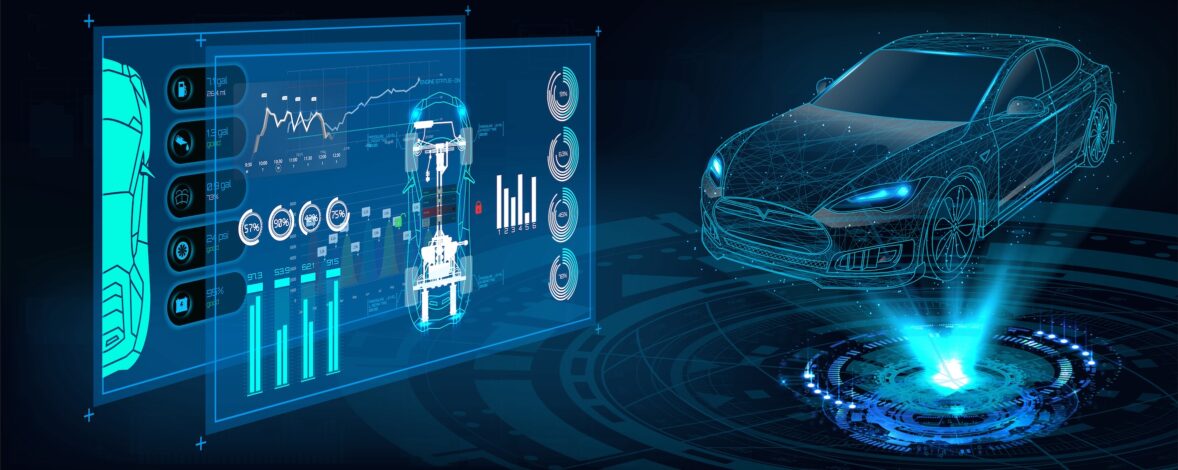The 2024 Wards Intelligence SDV Survey, which included executives from OEMs, Tier 1 and 2 suppliers and other automotive ecosystem companies, highlighted integration complexity, legacy systems and cost optimization as the top 3 challenges to Software-Defined Vehicle implementation.

Ironically, software-centric vehicle architectures are intended to simplify and speed up the innovation cycles while reducing the associated costs. Admittedly, some of the impediments will recede as automakers become more attuned to software development, integration and yes, mindset. And that will lead to overall cost-efficiencies and profitability across the entire vehicle life cycles.
However, OEMs do not need to wait for their automotive software development muscles to be fully formed to reap the benefits of increasing in-vehicle electronics and software content. Adopting products available today, such as Sonatus Automator, and the solutions based on it, namely Sonatus SDC and Vehicle Personalization Solutions – allows OEMs to achieve more dynamism in their vehicle development and delivery of rich customer experiences.
New vehicle functions without automotive embedded software development
It’s mandatory in any automotive industry event for someone to cite the fact that modern vehicles are undergoing massive digital transformation and already have over 100 million lines of codes and upwards of 100 ECUs. This, of course, is partly the reason for the number one challenge – complexity of software integration – claimed by the Wards survey respondents. Automotive software development teams are challenged with more agile ways of leveraging advanced car control systems to provide holistic user and driving experiences.
At Sonatus, we’ve flipped the script on this complexity. We’re harnessing the software-controlled functions already available with existing vehicle architectures to orchestrate entirely new features and functions.
Not all new features require software development.
Sonatus Automator is an in-vehicle software orchestration product that allows OEMs to easily craft highly sophisticated automation workflows using existing vehicle software controls. At its core, Automator takes in one or more in-vehicle or external signals and events to trigger a single action or series of actions that result in whole new features and functions.

This software technology uses an “if-this-then-that” model to automate a simple workflow or a complex set of interlinked or nested workflows that automate a wide variety of in-vehicle and related tasks.
- Add personalization features automatically reconfigure the vehicle based on individual user behavior and preferences
- Create automated test routines to perform mass functional self-tests on vehicles before they are shipped to dealerships and customers
- Dynamically adjust vehicle ECU parameters based on regions, driving conditions, individual driving styles, and more
- Provide new a feature-on-demand that adds Smart Home integration
- Ensure advanced driver assistance systems (ADAS) safety features are always on and configured for maximum safety
- Automate fleet management operations such as enforcing safe driving restrictions and practices to increase fuel efficiency
- Periodically run diagnostic scans to detect anomalies and in order to perform predictive maintenance
And the list of innovative solutions possible goes on. The extent of what can be done is limited only by how many of the vehicle domains and ECUs the OEM wishes to provide access to, and what they deem as not critical with respect to functional safety. Automator’s built-in Role-Based-Access-Control (RBAC) settings dictate who has access to what types of vehicle systems and orchestration scope.
To be clear, Sonatus Automator does not negate the need for more software engineers and increased software development. But it does add another tool in the automotive companies’ tool bag to bring forth software-driven dynamism at reduced development costs to achieve rapid innovations in vehicle innovation.
